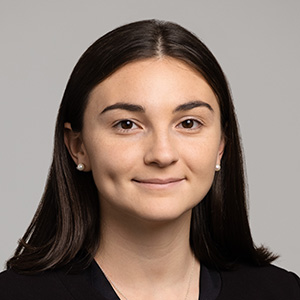
When the interest rate on a mortgage financing is not fixed, the amount that a borrower may be required to pay may fluctuate depending on changes in the underlying index to which the “margin” or “spread” is tied. While a lender may be comfortable with its underwriting of a financing and the ability of its borrower to service its debt at closing, if the underlying index of a floating rate loan changes over time, the lender’s comfort and the ability of its borrower to service its debt will obviously change. To combat against interest rate volatility, borrowers and lenders usually agree to hedge the interest rate against the uncertainty in the market for floating rate loans. The most common form of such hedging is an “interest rate cap.”


